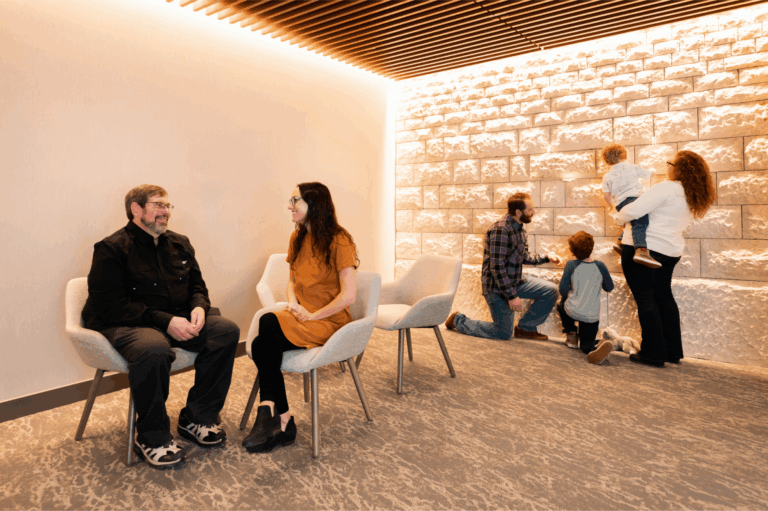Investing in Access: High Country Hospitals Spend Millions to Increase Residents’ Access to Care
This article first appeared in the Vail Daily on September 17, 2020.
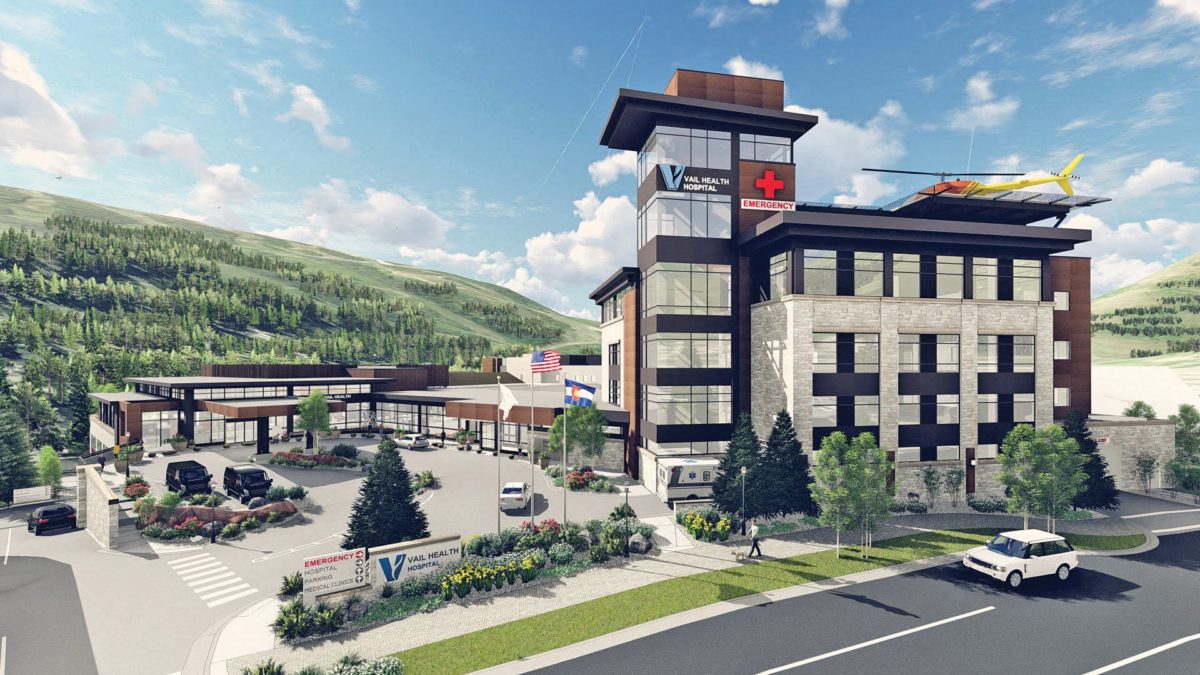
Specialized labs, heliports and cancer treatment options are just a few of the access-to-health care improvements made both in the High Country and on the Western Slope in the last two decades.
In Vail, extensive renovations and additions to Vail Health Hospital have improved the kind of care needed for an aging population.
By investing in staff, facilities and transportation, Valley View Hospital in Glenwood Springs reduced its patients’ need to travel for specialized care, said Dr. Frank Laws, an electrophysiologist and interventional cardiologist at Valley View.
On the other end of the Roaring Fork Valley, Aspen Valley Hospital consolidated several health care services into one campus, providing a single destination for its patients’ care needs, Aspen Valley CEO Dave Ressler said.
Many of Colorado’s recent leaps and strides toward better, more accessible health care were facilitated in part by the state’s expansion of Medicaid under the Affordable Care Act in 2013, said Cara Welch, the Colorado Hospital Association director of communications.
Rural hospitals provide the foundation of health care throughout the state, but on the Western Slope, those hospitals can play an even larger role when requiring special services could mean an hours-long trip to Denver or Salt Lake City, Utah.
In the rare life-or-death situation, time spent on the road can play a deciding role in the outcome. On the flip side, people with special care needs, such as oncology, cardiology and chronic pain management, often choose where to live based on the services available within the area.
These factors combined with the rising cost of health care have contributed to a growing demand outside the metropolitan centers.
“Access to care is a major issue right now,” Laws explained. “A lot is economics, a lot of it is distance, but across the board the need is the same.”
Vail
Founded in 1962, Vail is far younger than Glenwood Springs and Aspen.
“This community is new to being old, and we are having to adapt quickly,” said Michael Holton, Vail Health’s chief marketing and experience officer.
But in the last several years, Vail Health has opened a number of new facilities. There’s the Shaw Regional Cancer Center in Edwards, a full-service facility that’s rare outside a city. The center also features Jack’s Place, a caring house available at low or no cost to those who need to travel for care.
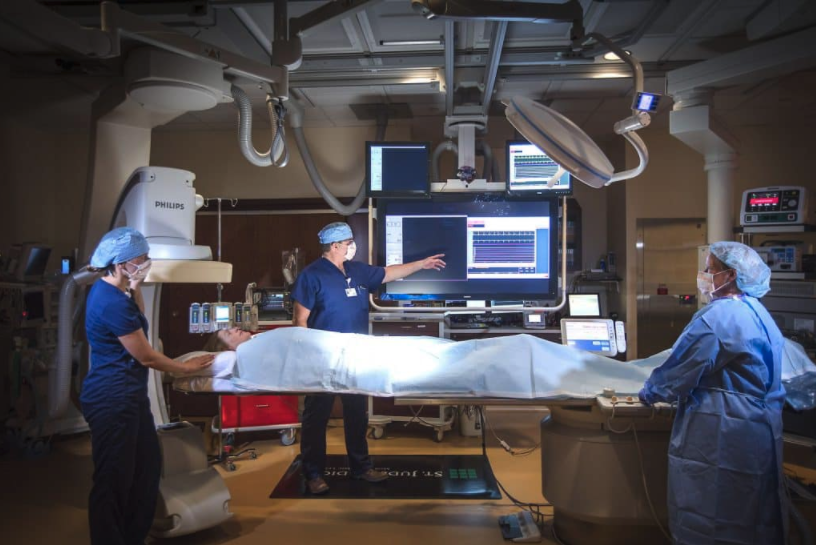
The hospital in Vail also opened a heart catheterization lab in the past few years. That lab allows immediate diagnosis, and treatment is available from the hospital’s staff of cardiologists.
The hospital has also added a neurosurgeon, Dr. Ernest Braxton of Vail-Summit Orthopaedics and Neurosurgery. Vail-Summit is one of two orthopedic practices for the valley, and the Steadman Philippon Research Institute conducts leading-edge work.
Holton noted that the hospital has also added endocrinology doctors, something he said is “unique” in rural communities.
In addition to the existing services, Vail Health’s ongoing expansion to the hospital will add an on-site helipad, which will make patient transfer more efficient. The new facility is also expanding its covered parking, so older patients don’t have to walk through slush or snow to get to treatment. The emergency department is being expanded, and there will be more space available for physical and occupational therapy at Howard Head Sports Medicine.
Vail Health is also providing medical oversight at the Castle Peak Senior Care Community in Eagle, and a new heart health program will launch in December.
Glenwood Springs
When Laws hired on with Valley View in 2006, many of the hospital’s patients were traveling to Denver or out-of-state for some of their cardiology needs, he said.
“I was recruited to enhance Valley View’s cardiovascular services and start a cardiac catheterization laboratory (cath lab),” Laws explained. “Learning how far people had to travel for certain services and procedures was a big eye-opener when I came here.”
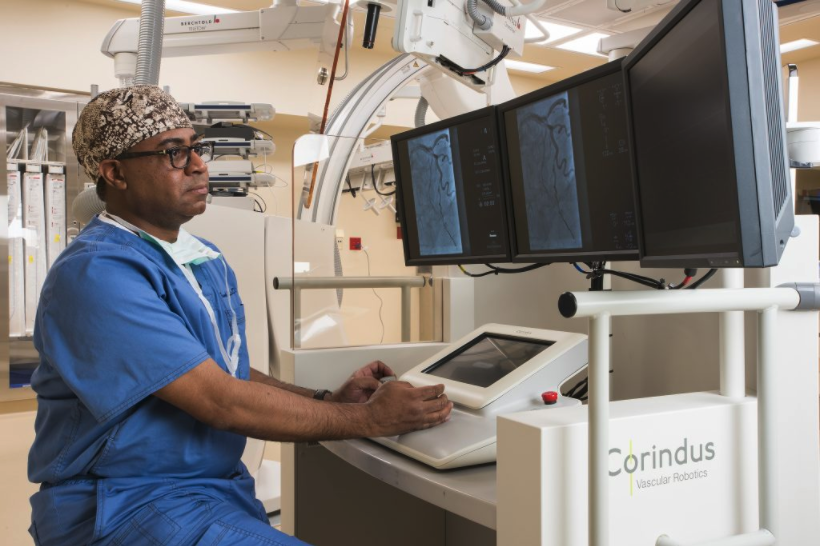
A cath lab is a facility with diagnostic imaging equipment used to visualize the heart’s arteries and chambers as well as treat any abnormalities found.
As an interventional cardiologist, Laws provided the expertise needed to run the lab. Additionally, the facility drew more specialists to the hospital. Valley View’s cath lab was up and running by February 2007, just a few short months after Laws arrived.
The hospital also built a heliport in 2006, creating the ability to ensure patients with needs beyond the services provided could receive timely care.
“Prior to the heliport construction,” Laws said, “if you needed to be transported anywhere by air, we had to take you by ambulance to the airport in Rifle and catch a flight from there.”
During a year-long sabbatical in 2014, Laws studied cardiac arrhythmia at the Tufts University School of Medicine.
Upon returning to the Glenwood community with his newly earned expertise, Valley View was able to start treating atrial fibrillations, a chaotic arrhythmia that arises in the heart’s top left atrial cavity, Laws said.
“Atrial fibrillation is very common in the mountains because of the prevalence of sleep apnea,” he explained.
The combination of services, specialists and equipment added since Laws’ arrival in Glenwood served to reduce travel times for patients, but also attracted new patients from around the globe.
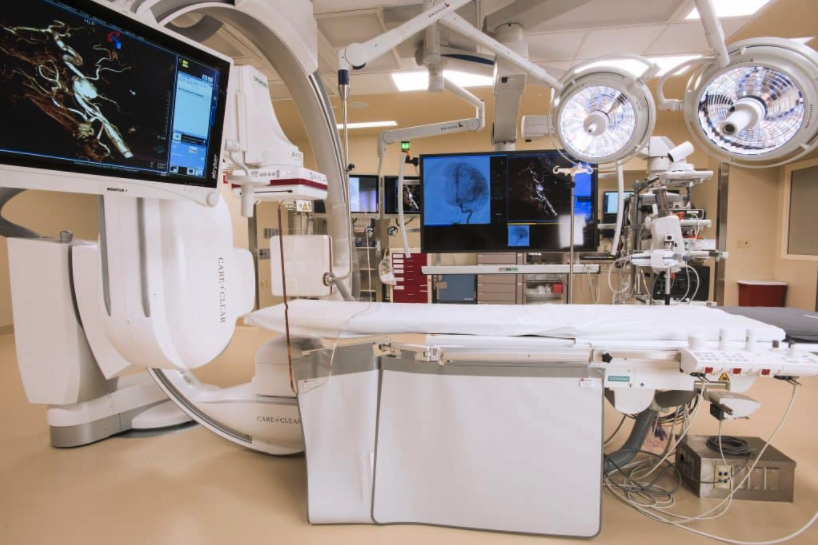
“The fact that we have created a destination program also provides an economic impetus for the area,” Laws said. “Having these services nearby reduces stress on the patients and the family’s that often have to care for them throughout treatment.”
Aspen
Three phases into a four-phase master facility plan, Aspen Valley has endeavored to consolidate Pitkin County’s health care services into one convenient location, Ressler said.
“Our hospital’s vision is to foster our community as the healthiest in the nation,” he said. “We are looking at our social responsibility as a community-owned organization very differently than hospitals traditionally have in the past.”
As part of a special tax district, the hospital receives a portion of property taxes collected around Pitkin County to fund its operations.
One of Aspen Valley’s tenets is increased access to primary care, which was a focus during its recent expansions.
“Nowadays, data and evidence better illustrate the amount of total health care costs that can be contributed to chronic conditions,” Ressler said. “By taking a more holistic approach, a primary care practice can have greater impacts on the individuals willing to manage their lifestyles.”
Constructed in 1977, the hospital has undergone a number of expansions in recent years providing space for in-house ear, nose and throat services, expanded cardiology services, ophthalmology and primary practices.
The campus also leases space for general surgery, orthopedics, obstetrician/gynecologists, a pain clinic, rheumatology, pulmonology and endocrinology, Ressler said.
“By locating practices here on the campus, a patient can have adequate parking, and get all of their services done in one location,” he said. “Breast health is another example of where we have expanded. Our patients used to have to travel to Denver for breast biopsies and ultrasounds.”
While the pandemic reinforced the need for quality tele-health services, Aspen Valley was investing in its long-distance health care options prior to COVID-19.
Using an electronic platform, eClinicalWorks, the hospital enhanced its abilities to track medical records digitally.
“The improvements we made to our services in the last 10 years removes barriers to care,” Ressler said.
Statewide
Keeping Colorado’s rural hospitals open is one of the best ways to ensure residents maintain a high level of access to care, Welch said.
“We’ve seen a lot of rural hospital closures around the country, but that’s not happening here,” she said. “That is in large part because the state was quick to step up and expand Medicaid.”
A rural hospital has not closed in Colorado since the ’80s, according to the hospital association’s data.
Welch said community support and strong hospital leadership also played major roles in keeping Colorado’s hospitals open.
“Collaboration of our hospitals as a system is another factor,” Welch explained. “At times, they may compete for some business, but they collaborate in a number of ways that benefits all the hospitals throughout the state.”
Those efforts have paid off in a number of ways, particularly with reducing the need for patients to travel, Welch said.
“A lot of the higher acuity specialty care do still tend to come to the Denver Metro area,” she said. “But, all our hospitals have really focused on what services they need to provide their communities, so people don’t have to travel as far.”
